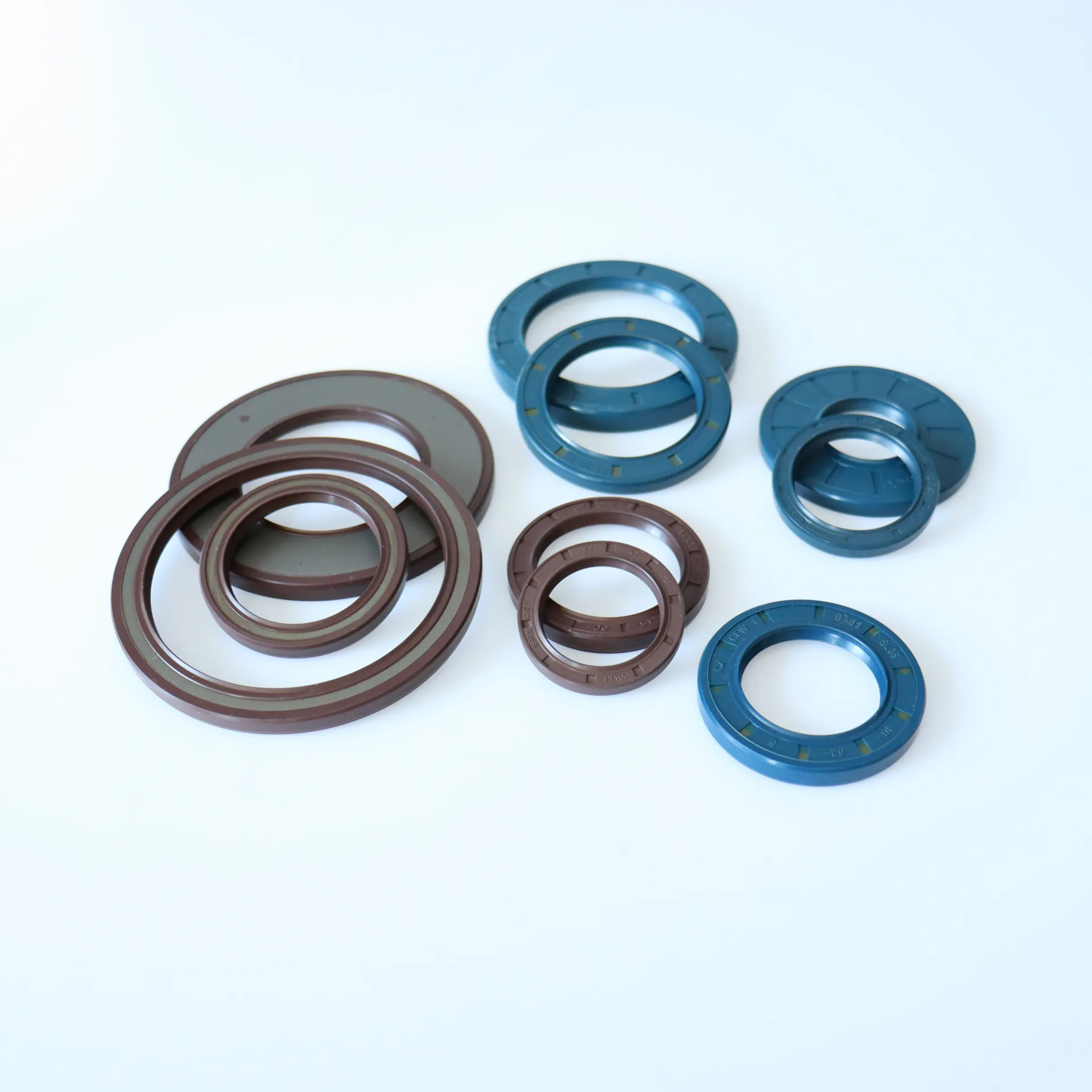okt . 13, 2024 09:17 Back to list
Tips for Replacing Seals in Hydraulic Cylinders Efficiently and Effectively
Replacing Seals in Hydraulic Cylinders A Comprehensive Guide
Hydraulic cylinders are essential components in various machinery and equipment, providing the necessary force and motion for operations in manufacturing, construction, and automotive industries. However, like any mechanical component, hydraulic cylinders can experience wear and tear over time, particularly concerning their seals. Replacing seals in hydraulic cylinders is a critical maintenance task that ensures the system operates efficiently without leaks and pressure loss. This article provides a comprehensive guide on how to effectively replace seals in hydraulic cylinders.
Understanding the Role of Seals
Seals in hydraulic cylinders serve multiple vital functions. They prevent fluid leakage, minimize contamination, and maintain the necessary pressure within the hydraulic system. The primary types of seals include static seals, which operate between stationary components, and dynamic seals, which are used in moving parts. Over time, seals can degrade due to various factors such as temperature fluctuations, pressure changes, and exposure to abrasive materials. Regular maintenance and timely seal replacement can save costs and enhance the lifespan of hydraulic equipment.
Signs That Seals Need Replacement
Before diving into the replacement process, it's crucial to recognize the signs that indicate seals may need attention
1. Fluid Leaks If you notice hydraulic fluid pooling under the equipment, it's a clear sign that seals may be damaged or worn. 2. Decreased Performance A drop in operational efficiency, such as slower cylinder movement or reduced lifting capacity, may indicate seal failure. 3. Increased Noise Unusual sounds during operation can suggest that seals are not functioning correctly, leading to cavitation or excessive friction.
Tools and Materials Needed
Before beginning the replacement process, gather the necessary tools and materials
- Replacement seals (ensure they are compatible with your hydraulic cylinder model) - Hydraulic seal kit - Clean cloths or rags - Torque wrench - Pliers and wrenches - A seal puller or scraper - O-ring lubricant - Safety gloves and goggles
replacing seals hydraulic cylinder

Step-by-Step Seal Replacement Process
1. Safety First Ensure that all hydraulic pressure is released before starting the replacement process. Wear appropriate safety gear to protect against potential hazards.
2. Disassemble the Cylinder Carefully remove the hydraulic cylinder from its mounting. Use a torque wrench to loosen the bolts, taking care not to damage any components.
3. Remove Old Seals Using a seal puller, gently extract the old seals from their grooves. Take care not to scratch the cylinder’s surface, as this can affect the performance of the new seals.
4. Clean the Cylinder Thoroughly clean the cylinder and piston rods using a lint-free cloth. Remove any debris or old lubrication, ensuring the surfaces are smooth and free from imperfections.
5. Install New Seals Before installation, lubricate the new seals with suitable hydraulic oil or an O-ring lubricant. Carefully place the seals into their designated grooves, ensuring they are seated correctly and evenly.
6. Reassemble the Cylinder Reattach the cylinder components, taking care to follow the manufacturer's torque specifications to avoid over-tightening, which can damage the seals.
7. Test the System Once reassembled, reconnect the hydraulic cylinder to the system and gradually restore hydraulic pressure. Monitor for any signs of leakage or abnormal operation.
Conclusion
Replacing seals in hydraulic cylinders is an essential maintenance task that can significantly impact the operational efficiency and longevity of your machinery. By recognizing the signs of seal failure and following the proper replacement procedure, you can ensure the reliability of your hydraulic systems. Regular inspection and maintenance not only save costs associated with repairs but also enhance productivity by minimizing downtime. Whether you are a seasoned technician or a DIY enthusiast, understanding the process of seal replacement is key to successful hydraulic cylinder maintenance.
-
The Trans-formative Journey of Wheel Hub Oil Seals
NewsJun.06,2025
-
Graphene-Enhanced Oil Seals: Revolutionizing High-Pressure Oil Sealing
NewsJun.06,2025
-
Future of Hydraulic Sealing: Advanced Intelligent TCN Oil Seals
NewsJun.06,2025
-
Don’t Let a Broken TCV Oil Seal Ruin Your Day
NewsJun.06,2025
-
Bio-Inspired Dust Seals for Better Sealing Performance
NewsJun.06,2025
-
Biodegradable and Sustainable Hydraulic Seal Materials
NewsJun.06,2025
-
Top Oil Seal Solutions for Your Industrial Needs
NewsMay.22,2025
Products categories
















